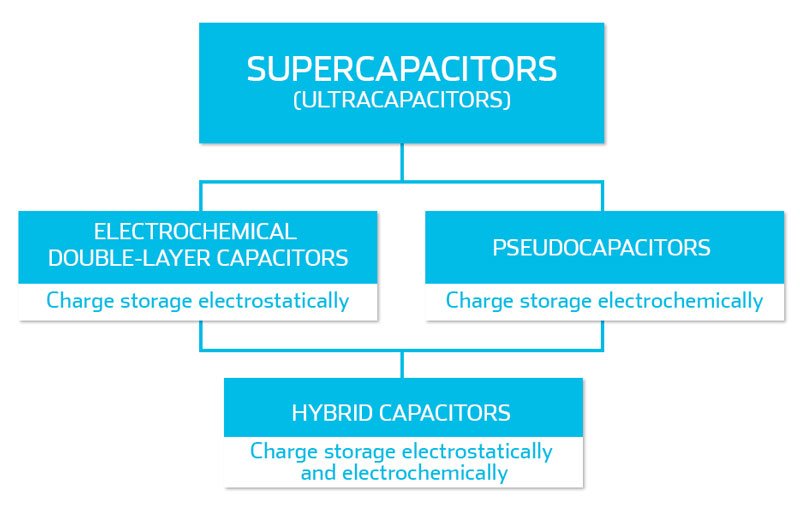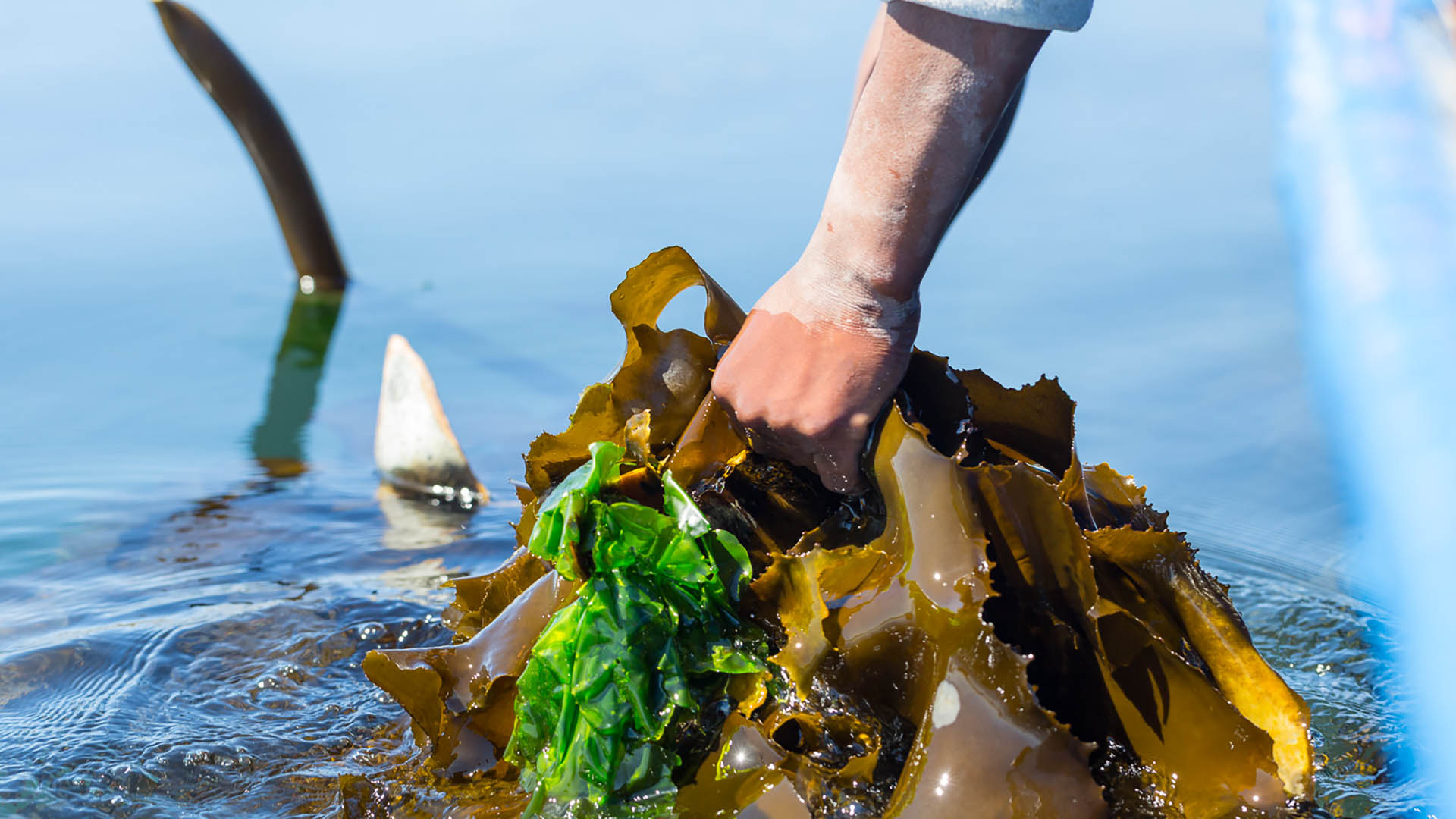Algae EV bikes
Welcome to "Into the archives", where we dive into breakthrough historical climate-tech papers.

In this episode, let's take a look at Raymundo-Piñero et al.'s brilliant piece from 2006. With tremendous foresight, the team anchor their investigative work in the midst of the nascent but predictably expansive world of EV's, supercapacitors and portable mobile devices. The hero of this story? Seaweed.
Summary
In this paper, named "A High-Performance Carbon for Supercapacitors Obtained by Carbonization of a Seaweed Biopolymer", we are introduced to ALG-C, an elegantly named carbon material capable of powering electric vehicles.
For those of you unfamiliar to the term, supercapacitors are energy storage systems which can be grouped as follows:

Historically, supercapacitors have been in a battle for energy storage top-spot with....

You got it... Batteries! Overall, batteries have a higher energy density (they store more energy per unit mass) but supercapacitors have a higher power density (they can release energy more quickly). That makes supercapacitors particularly suitable for storing and releasing large amounts of energy relatively quickly, whereas batteries are still optimal for storing large amounts of energy over long periods of time.
One common application of supercapacitors is in wind turbines, where they help to smooth out the intermittent power supplied by the wind. Furthermore, in electric and hybrid vehicles, supercapacitors are increasingly being used as temporary energy stores for regenerative braking.

In this paper, Raymundo-Piñero et al. try to improve supercapacitator functionality by developing a pseudo-capacitor made from algae bioproducts.
The goal was to create a highly conductive, cheap carbon material containing a high concentration of functional groups, which can participate in pseudofaradaic charge-transfer reactions. As a result, they turned to algae. By thermally decomposing sodium alginate from seaweed at 600°C, they created the biochar ALG-C, which was used to make electrodes in the supercapacitor.

The capacitance (ability to store energy as charge) values per mass of active material were found to be comparable to the best alternatives. In fact, it did so well that this work was duly considered a breakthrough in enhancing the energy density of supercapacitors, and was one of a series of pioneering papers in this field.
.gif)
Since this paper, many modification methods have been developed to improve the properties of algae biochar to meet the needs of high-performance supercapacitors. Unfortunately, the cost of these post-modification methods remain high.
In addition, the battle between supercapacitors and batteries has not shifted in favour of supercapacitors. Batteries are still generally preferred, which partly explains why this area of algae research is not as widely publicised as others.
Want to get involved?
Contact us at peter@bluetechbase.com
Share this:
Tweet



.jpeg)